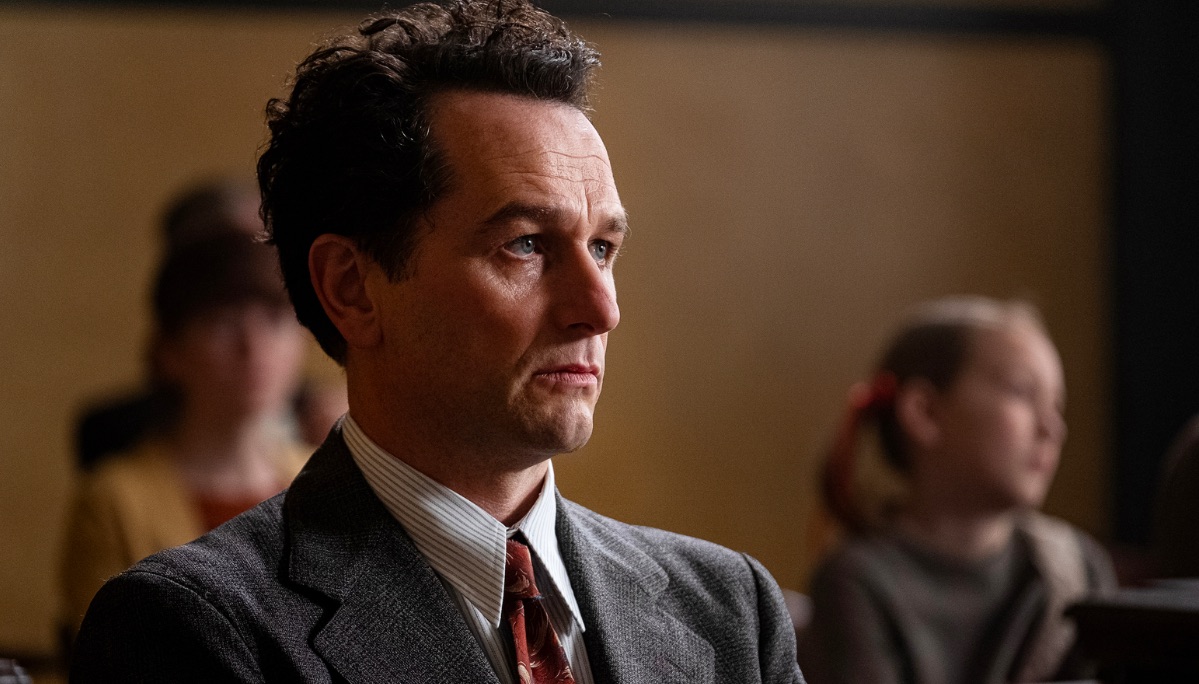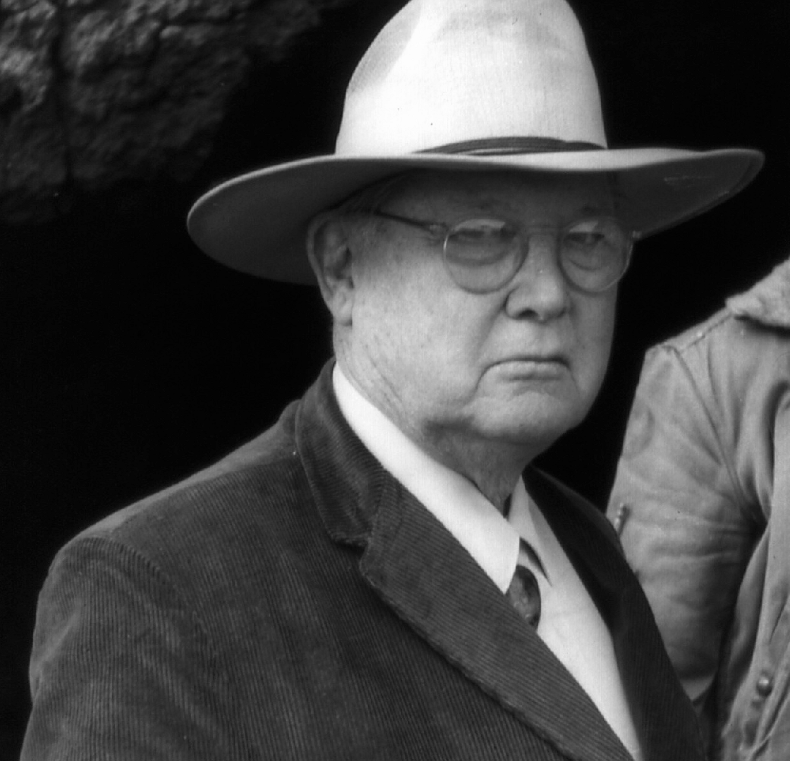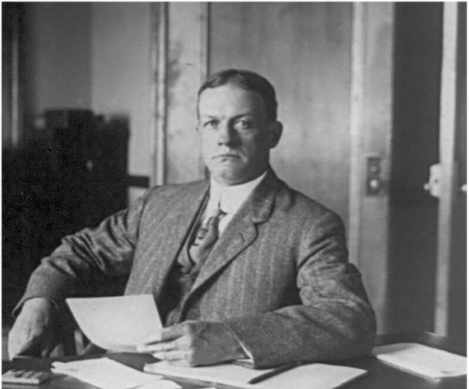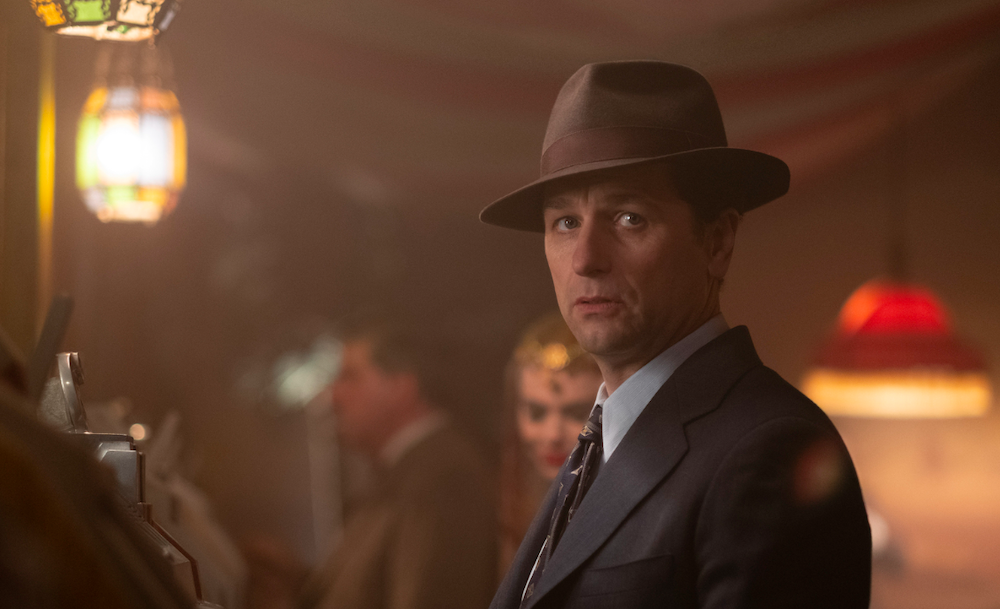HBO’s ‘Perry Mason’ takes the audience on a riveting journey where the titular character is faced with the challenge of saving his clients from getting convicted for a murder they did not commit. In doing so, Mason gets to the bottom of the crime, finding the real culprits in the process. He has his personal demons to deal with in between all this. His relationship with alcohol affects his bond with other people, especially his son. He is also plagued with guilt over the lives he couldn’t save and PTSD from his time in the war. All of this makes Perry Mason a complex person with many layers. If you are wondering whether a real person acted as an inspiration for the creation of this iconic character, then here’s what you need to know.
Real-Life Influence: Gardner’s Legal Background

Erle Stanley Gardner, a lawyer himself, conceived the character of ‘Perry Mason.’ While it is not confirmed how much of the real-life cases he handled featured in his books, we can assume that Gardner drew upon his experience as an attorney while writing the Perry Mason books. One of the things that define Mason is the fact that he always represents the underdog. He feels strongly about getting justice for the innocent. In real life, Gardner also focused his energies on helping the victims of injustice. He is known to have worked for immigrants and even set up an organization called The Court of Last Resort to help the disadvantaged.

Gardner is known to have taken unorthodox methods in proving his client’s innocence, much like his fictional character. “His way with a hostile witness was plain wizardry. He could coax the fellow along, right into telling outright lies, or into confusion so complete the fellow would end up babbling and no jury could possibly take his testimony seriously,” the New York Times reported. He is also said to have “radiated confidence” while being “plain looking” which made the jurors see him as one of their own, making it easier for them accept his arguments. He was so good at his job that he said to have “won all his cases,” much like happens with Perry Mason.
While Gardner had enough legal experience of his own when he started writing the Perry Mason novels, another lawyer is said to have inspired him. It was criminal defense attorney Earl Rogers. Rogers died almost ten years before Gardner’s first Perry Mason novel was published. Still, the author is said to have been familiar with the name and had been quite impressed by the methodology used by Rogers, who is said to have been quite creative and unorthodox in presenting his case to the jury.

Rogers was said to have used everything from forensic evidence to reenactments and used shock value to get the jury on his side. Allegedly, in over a hundred murder cases that he defended, he only lost three. In one case, he is said to have brought in the victim’s intestine as evidence to prove his client’s innocence.
A quick look at Rogers’ life reveals more similarities between him and how Gardner crafted Mason’s character. Rogers started as an investigative reporter, but he quit the job when he found an affiliation with law. He studied under one of the most successful lawyers of his time and was known to have a keen eye for detail. Apart from this, he also suffered from problem of alcoholism, something that plagues Mason as well. Rogers was also divorced and didn’t have much success in his personal life.
For the name itself, Gardner looked towards the Perry Mason Company, a real-life publication that published Youth’s Companion, which was a staple read for Gardner as a kid. With all this in mind, it is clear that Gardner didn’t take his task of writing the cases of Perry Mason lightly. His stories were known to be detailed and legally accurate, which is why he had so many fans, even in the legal community. Consequentially, despite being a fictional character, Perry Mason has roots in reality, and the TV show brings that accuracy of the period and the setting alive on the screen.


You must be logged in to post a comment.